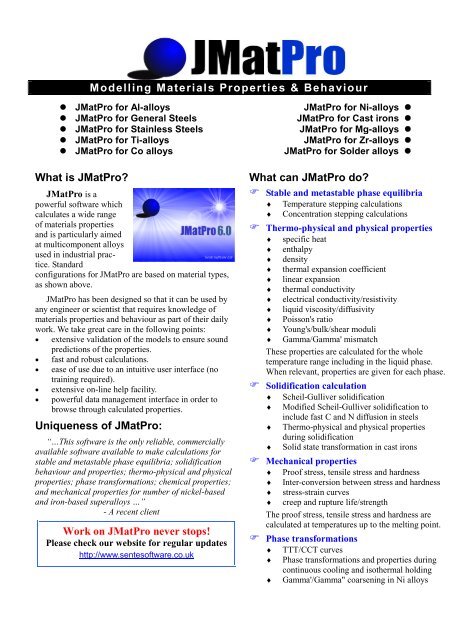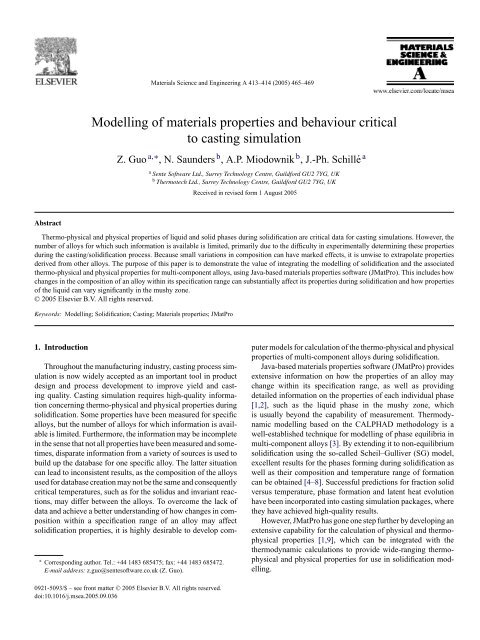

This chapter opens with a brief survey of the status of simulation capabilities for several of the most important systems, including simulations for the penetration of ceramic and metallic targets by projectiles and for the blast resistance of metallic plate structures. Some of the materials can be used as composite systems while others are protective structures in their own right. Materials for protection are combined in various ways, including ceramics constrained by metals or polymers and layered metal/ceramic/polymer systems. The range of materials in use today for protection applications is quite remarkable, spanning metals, ceramics, and polymers.


This chapter takes a broad view of the underlying science base and reviews current activities with an eye to identifying opportunities in materials science and mechanics (theoretical, experimental, and computational) that could significantly advance protection performance. A substantial community of experimentalists, analysts, and armor designers is dedicated to improving existing protection capabilities and to discovering new materials and material combinations. Protection materials and material systems made up of combinations of materials have attracted attention for many years. Finally, the computational capabilities for complex material systems must be improved as well, such that system designs can be optimized quickly, accurately, and confidently with uncertainties quantified. These multiscale, multiphysics computations could take the form of separate computations on the micro and macro levels or they could be integrated and performed in a single computation. In addition to improving nano- and microstructural modeling techniques, researchers must ensure that the models can feed into new continuum models such that the net effect of the new materials can be assessed at the macroscopic level, which is the level of interest for an application. Although there is no particular prescribed way to design materials with improved performance, computational methods enhance our understanding and give us insights into the synthesis and fabrication processes. Protection materials must be modeled on the atomic and microstructural levels such that their crystalline structure and microstructure can be computationally modeled to determine how changes at those levels affect their macrostructural (continuum) properties. Advanced simulations and experimental methods are important for meeting both challenges. The first is to develop materials that are more efficient than existing materials, and the second is to design protection systems that optimally exploit existing or improved materials and in which the materials are physically arranged to optimize their protective properties. There are two important challenges to be considered in improving protection systems. Integrated Computational and Experimental Methods for the Design of Protection Materials and Protection Systems: Current Status and Future Opportunities


 0 kommentar(er)
0 kommentar(er)
